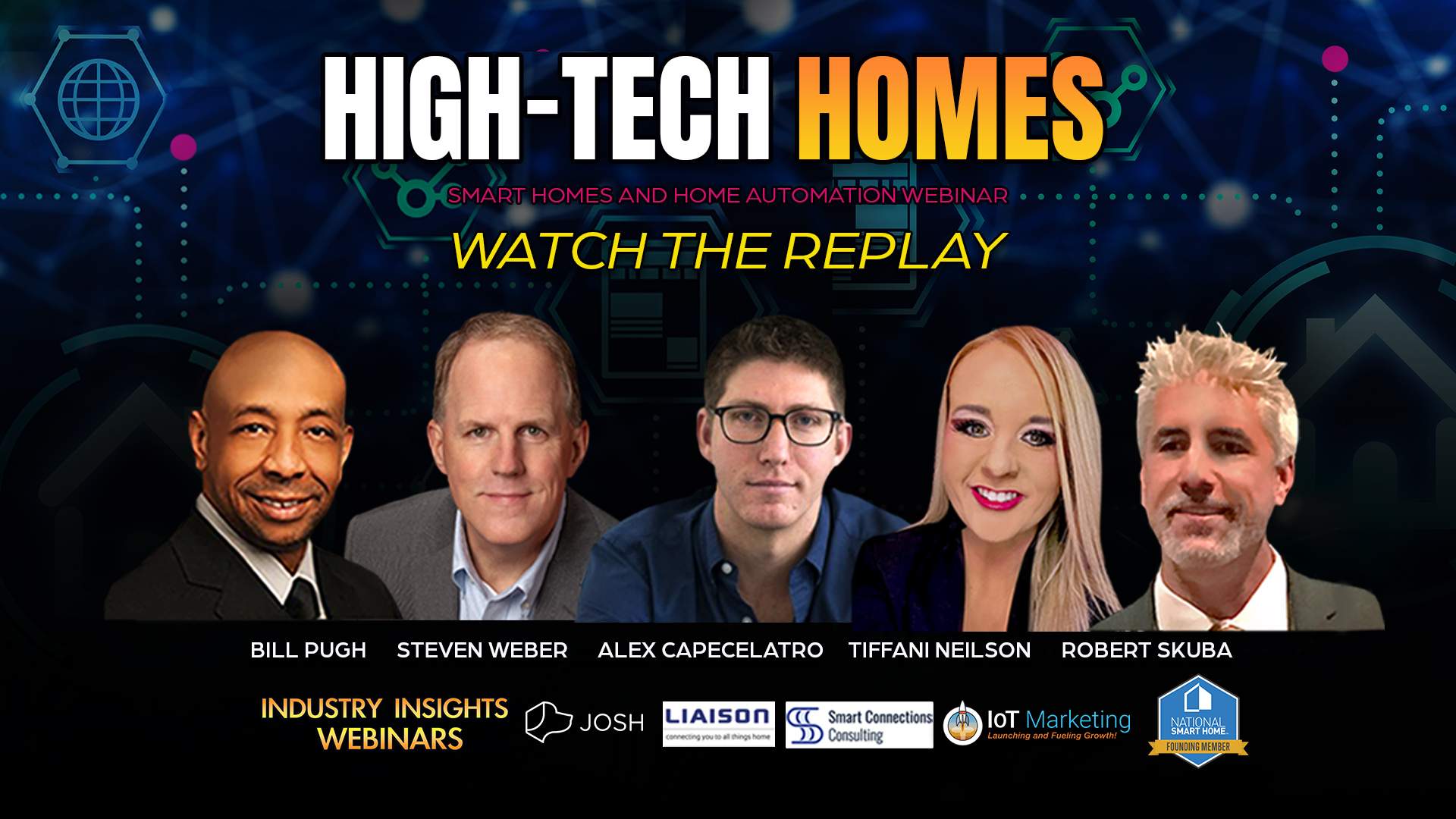A smart building utilizes the latest computational tech to maximize energy efficiency and safety. For example, Internet of Things (IoT) devices can be distributed throughout such buildings, allowing environmental controls, energy use, and personnel activity to be monitored proactively.
A man walking from one room or floor to another need not have both floors fully illuminated the whole time. With IoT tech, LED lights tied into the overall network of the computer-managed structure can follow him as he moves. Accordingly, energy is preserved, reducing not only the cost of the building itself as regards infrastructural expenses, but overall environmental impact.
Insights Gained Through Smart Buildings Infrastructure
In the wake of COVID-19, such concerns are paramount, and beyond simple energy conservation, there are a lot of features inherent to a smart building that may well indicate such structures will lead the way for workers to return to central locations of employment. Consider these facts:
- Body Temperature Detection
- Enhanced Management of Space
- Predictive Maintenance, Predictive Operation
- Scenario Simulation Through “Digital Twin” Technology
Body Temperature Detection
IoT tech can be deployed to monitor the body temperature of employees. However, it would be smart to have a screening where baseline homeostasis for individual employees is established and programmed into smart building infrastructure. Most people are considered healthy at 98 degrees Fahrenheit, but some have homeostasis at a degree higher or lower–maybe even two or three degrees.
That said, once you know the healthy homeostasis of employees, this sort of thing can be programmed into the infrastructure of smart buildings, making it possible to keep tabs on all who enter.
Temperature screening will be most effective at entrances and exits, and there will be some hurdles to overcome–if it’s 104 degrees outside, some of that residual heat will remain on a person. So, it can be worthwhile to design temperature-controlled exits and entrances as a means of ensuring no collateral factors contaminate monitoring results.
The thing to keep in mind is that computer tech is only as “smart” as its operators; it has no conscious ability, so it can’t differentiate based on unknown variables. Even so, sickness can be identified by body temperature fluctuation, meaning someone who came in healthy and became sick while working could be identified and removed from other employees before anything spreads. Thus, the cost of tech implementation can well be recovered through reduced productivity losses.

Hear strategies from Smart Home tech experts for choosing and implementing smart home technology. Watch the replay of our High Tech Homes webinar to explore new possibilities for home cybersecurity and automation.
Enhanced Management of Space
With a smart building, greater surveillance of on-site personnel develops from technologically-optimized infrastructure. Given edge computing and cloud-based tech, massive real-time data sets can be used to determine who is who, and where they are, regardless of their movements.
Accordingly, you can identify space utility patterns and apportion socially-distanced work areas throughout the building. Then, if someone’s temperature spikes out of nowhere, they’re less of a risk to other employees.
Predictive Maintenance, Predictive Operation
Because IoT tech continuously produces streams of data, absolute thresholds of maintenance for infrastructure can be determined and maintained over the long term. Additionally, IoT tech facilitates predictive operations that can enable accurate prognostication based on such voluminous data. A smart building can accordingly pay for itself in reduced infrastructural expenses over the long term.
This reality can additionally extend to things like on-site sanitation technology. Imagine an advanced version of the Roomba with antiseptic solutions automatically traveling throughout varying floors of your smart location. There are other next-generation maintenance solutions being applied in smart buildings across the world as well, check out this link from Siemens to get an idea of what’s out there.
Scenario Simulation Through Digital Twin Technology
A digital twin is a simulation of the smart building consolidated to a virtual space. You can have digital “test runs” of varying environmental controls before you apply them, and similarly run scenarios where social distancing space allocation is explored before you build permanent structures.
Owing to cumulative basement-to-top-floor IoT, there’s enough data to run such scenarios with exceptional accuracy. Unexpected variables always crop up, but you can determine what is most likely to happen concerning a given change with a high degree of accuracy.
Incorporating Smart Architecture Helps Resume On-Site Productivity
A smart building has digital twin capability, predictive maintenance options, predictive operation potential, space management enhancement, and automated body detection potential. All these things can do a lot to assure bringing your workforce back into the office won’t be a problem. Smart buildings and their associated applications are primed to lead the charge toward total reopening of corporate centers and other business workplaces.
